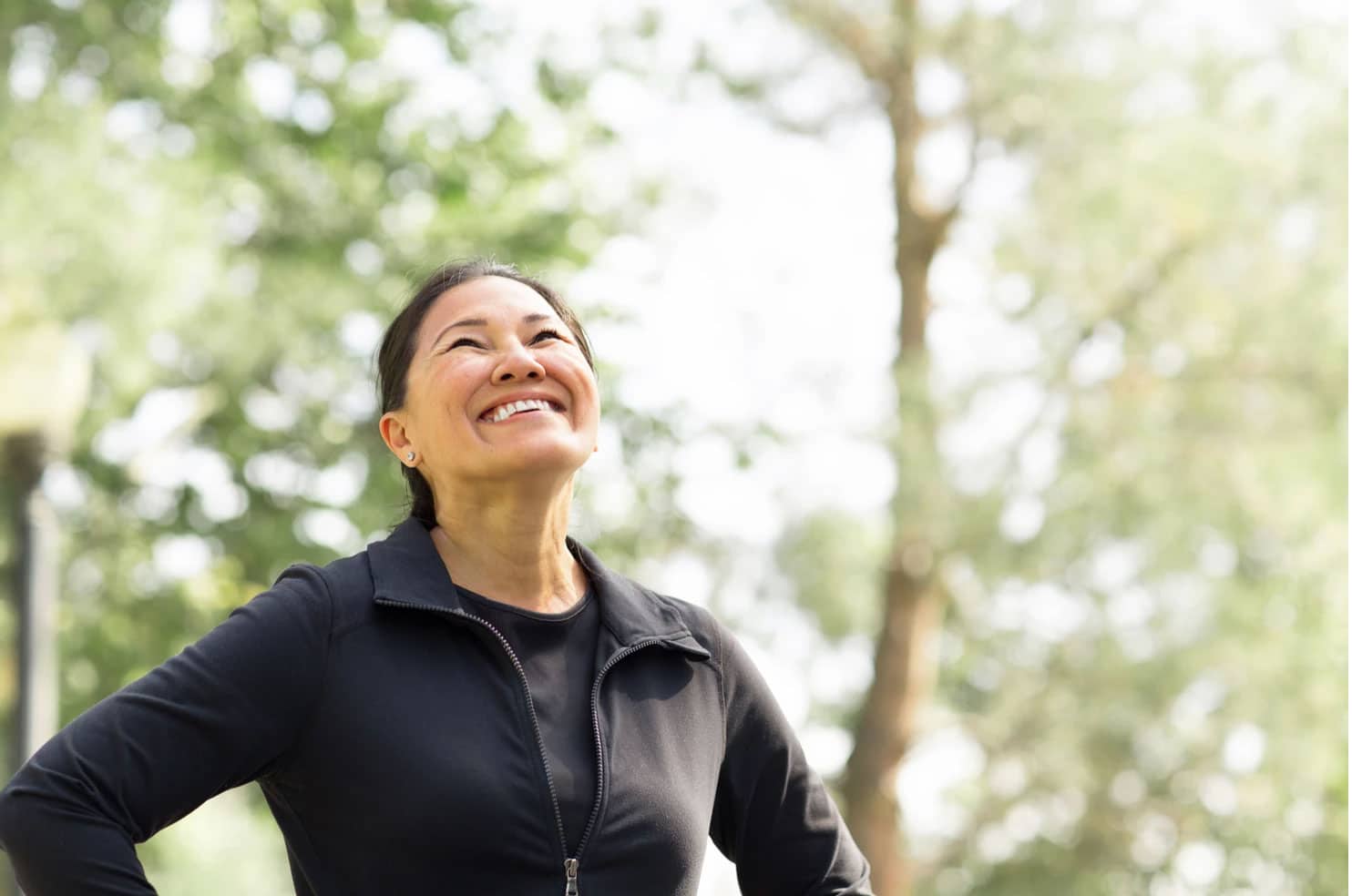
Breathing Mechanics and Physiology: Why Better Breathing Means Better Health
We breathe over 20,000 times a day, yet most of us don’t think twice about it. But if you struggle with chronic pain, fatigue, stress,

Hip pain or tightness is a common complaint we see in the clinic. This is likely something you have experienced at some point.
When we are talking hip pain, we are referring to the front, back and side. There will be some overlap here between your groin, thigh and glutes.
For the general population (likely you!), many of the above will not be an issue. Arthritic conditions typically occur with increasing age and Perthes’ disease and hip dysplasia are congenital conditions.
Unfortunately, we can’t prevent all of these conditions, but we can build strong and healthy hips!
Depending on your activity or sport level you may be more likely to suffer from referred pain from soft tissues or the lumbar spine. High or low activity levels can be linked to hip bursitis, tendinitis and labral tears.
More often than not hip tightness can be linked to altered motor control and strength.
So how do you bullet-proof your hips from getting stiff and painful?
Standing Tips
Standing desks are quite popular due to the whole “sitting is the new smoking” campaign that has been promoted over the last few years.
As I tell my patients, if you can sit poorly, you can stand poorly. Regardless of how “well you sit or stand”, staying in any one position, sitting or standing is not ideal.
The human body was designed to move and when stationary for too long we don’t get optimal blood flow and therefore oxygen to our working muscles.
So, if you have to stand, a few key things:
Don’t lock your knees
Don’t stand with the majority of your weight on one leg
Don’t sway your body forwards through your pelvis
Don’t stand in one spot for an hour without moving (who can do this anyway???)
Do stand with soft (unlocked) knees
Do stand with your weight balanced between both feet
Do roll your shoulders back gently
Do change positions frequently (every 30-40 minutes)
It is important to note: by changing positions every 30-40 minutes you don’t need to take a full-on break. You can just adjust your position or do a light stretch.
I used to be a big proponent of the “sitting is the new smoking”, but thinking about it more, by having someone stand all day, the side effects while different, or no better than the negative side effects of prolonged sitting. Again, the key here is to MOVE!
We will all have times where we may have to be able to sit for a prolonged period of time. It may be a long-haul flight. Or a big night of study or working towards a big deadline for a work project.
Depending on your particular activity you may benefit from more stretching to mobilize your hips or more strength to reduce your chance of developing one the hip-related pain syndromes mentioned above.
Key stretches – hip flexors, quadriceps and abdominals to the rounded position you sit in while you cycle. 1-2 yoga classes per week or a daily home yoga routine can be a great way to maintain good hip and spine mobility, giving your legs more power on the road!
Key stretches – hip flexors, quadriceps, glutes, hamstrings, calves; key strengthening exercises should include single leg work with focus on quads (VMO) and glutes (medius, maximus).
Focus on staying strong in your poses and not “hanging out in your hips”. As most people who gravitate towards yoga already tend to be flexible it can be easy to fall into a stretch such as a lunge hip flexor stretch.
Due to the stop and start running nature of these sports, players can be susceptible to muscle strains. Including yoga-based stretches will help to open up the trunk and hips and Pilates exercises to build strength in the abdominals and glutes.
Are you having an issue with your hips that’s not resolving with your current management strategies? Want more advice? get in touch today.
#Hippain #posture #sitting #bursitis #exercise

We breathe over 20,000 times a day, yet most of us don’t think twice about it. But if you struggle with chronic pain, fatigue, stress,

From Melinda… For people who come to my classes and clients who have been seeing me for a while, may have heard some of the

Meet Susan Susan recently suffered a fall attempting to lift a 2.5kg bag of soil overhead in her garden shed when she felt her leg
Sign Up Below To Get Your Free RedoHealth Guide Now

By registering, you agree to receive SMS and email communications from RedoHealth. No spam guaranteed. Unsubscribe at anytime.